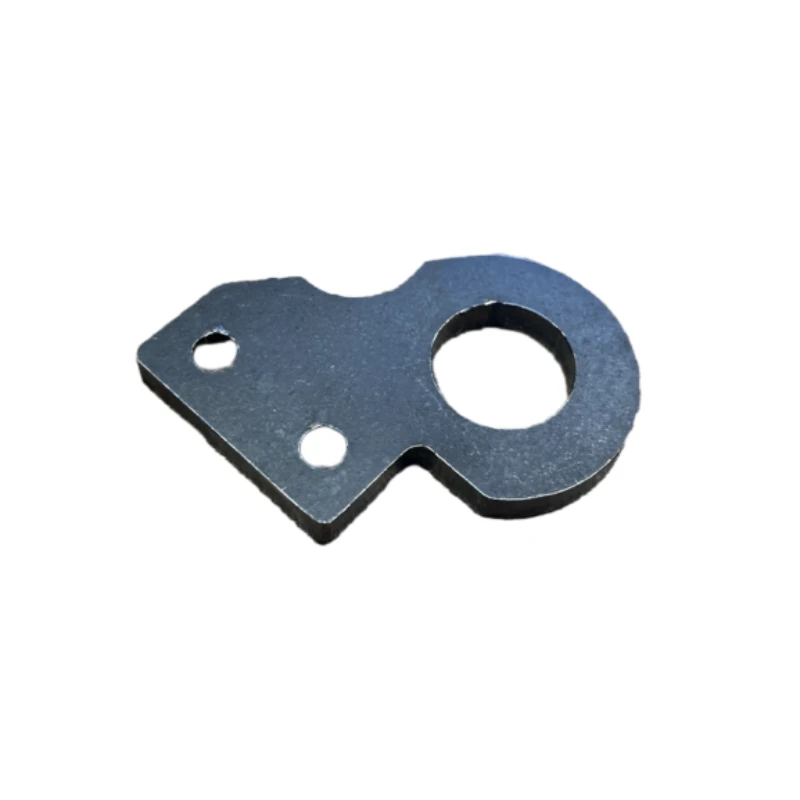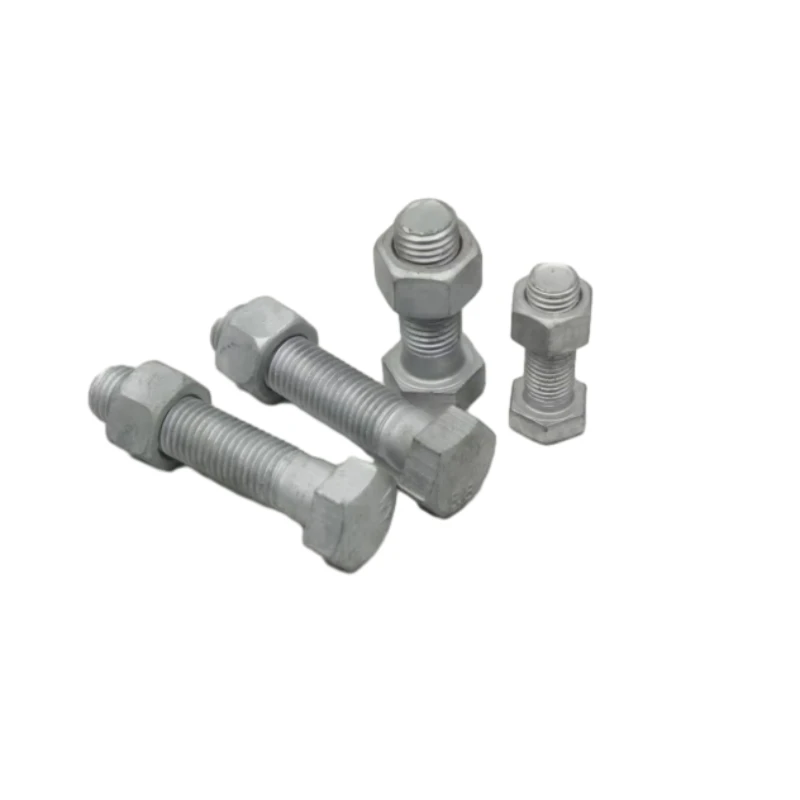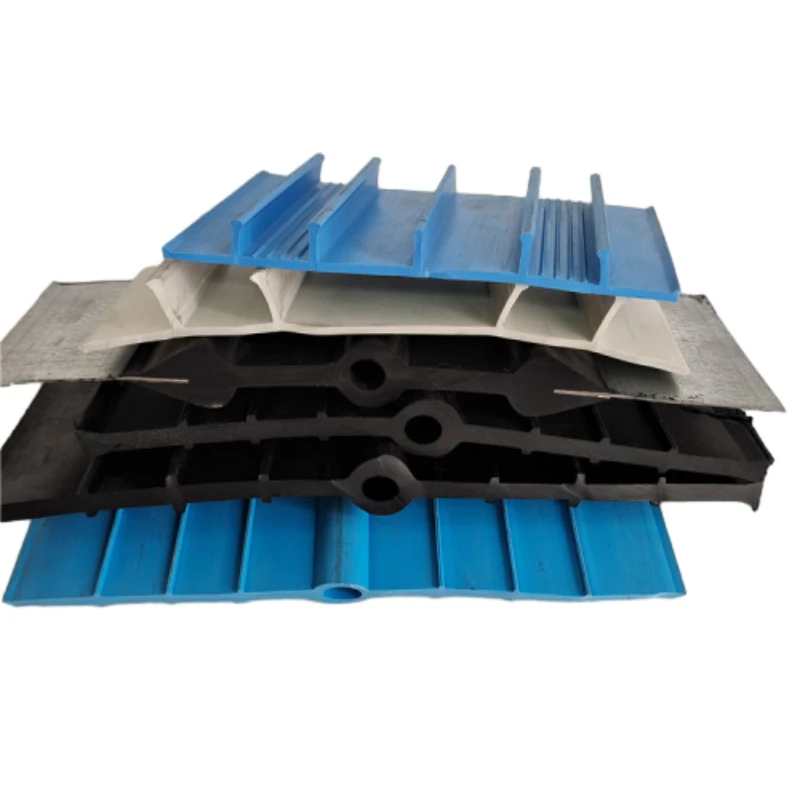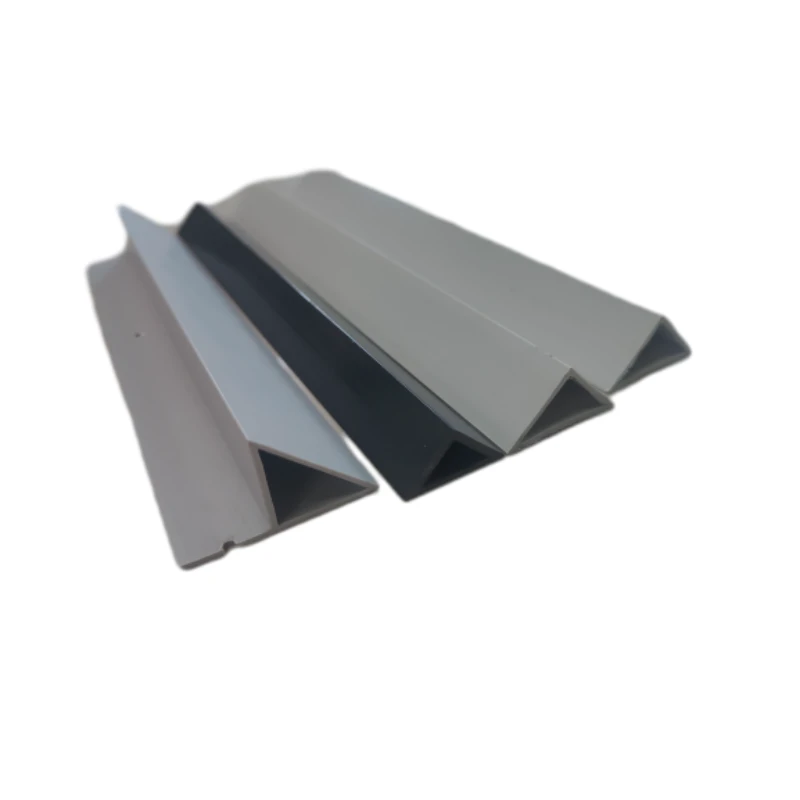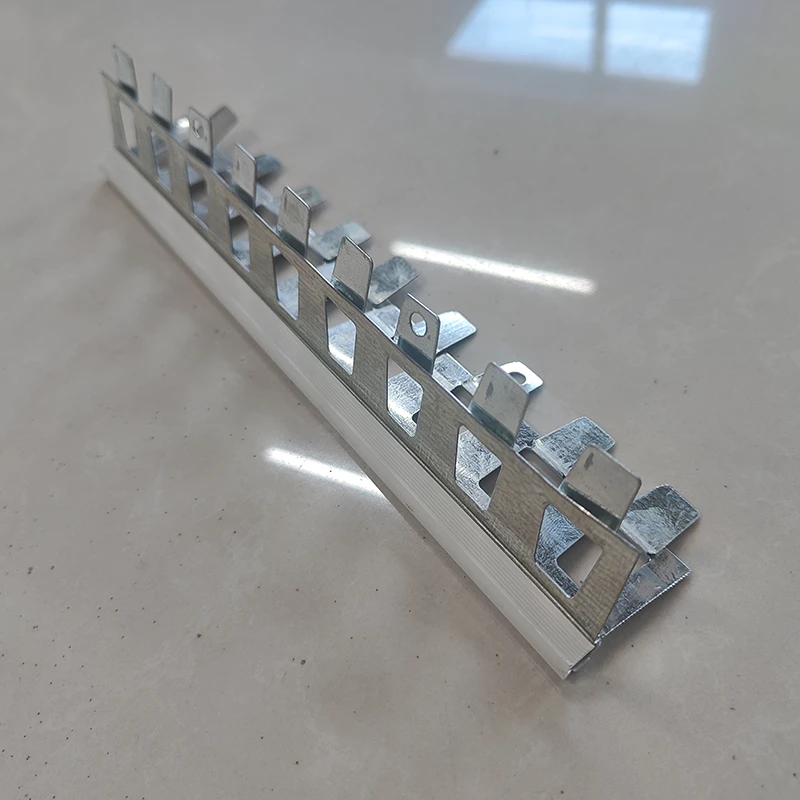Aug . 18, 2025 03:40 Back To List
High-Strength Form Tie Rods for Secure Concrete Formwork
Industry Trends and the Pivotal Role of Form Tie Rods in Modern Construction
The global construction industry is experiencing unprecedented growth, driven by rapid urbanization, infrastructure development, and increasing demands for resilient and sustainable structures. Central to this evolution is the efficient and reliable formation of concrete, a process heavily reliant on robust formwork systems. At the heart of these systems are critical components such as the form tie rod, a fundamental element designed to secure and stabilize formwork panels against immense hydrostatic pressures exerted by wet concrete. The market for formwork components, including specialized tie rods, is projected to expand significantly, with forecasts indicating a compound annual growth rate (CAGR) of over 6% through 2028, primarily fueled by massive public and private investments in residential, commercial, and industrial projects worldwide. This growth underscores the increasing technical sophistication required for formwork solutions, demanding higher strength-to-weight ratios, superior corrosion resistance, and extended reusability to meet rigorous project timelines and environmental mandates. Innovations in material science and manufacturing processes are continuously enhancing the performance characteristics of these vital components, ensuring their suitability for increasingly complex architectural designs and challenging construction environments. The evolving landscape also highlights a shift towards more standardized yet adaptable components, such as the form tie rod, which allows for greater efficiency and safety on diverse construction sites, from high-rise buildings to intricate bridge structures.
Modern construction projects often involve highly specific engineering challenges, requiring formwork solutions that offer not only structural integrity but also precise dimensional control and rapid cycle times. This demand has intensified the focus on the performance of individual components like the form tie rod, which serves as a critical connector in formwork systems, distributing stress evenly and preventing formwork deformation during concrete pouring. The broader category of `formwork threaded tie bar` systems, encompassing various diameters, lengths, and threading types, reflects the industry’s need for versatility. Furthermore, the rising awareness of occupational safety and environmental impact has pushed manufacturers to adhere to stricter quality controls and introduce more durable, reusable, and eco-friendly products. For instance, advancements in surface treatments, such as advanced galvanization or specialized polymer coatings, significantly extend the lifespan of tie rods, reducing material waste and lowering overall project costs. The ongoing expansion of infrastructure, particularly in emerging economies, necessitates robust and reliable solutions for roads, tunnels, and dams, where components like `tie rod shuttering` are indispensable for maintaining structural precision and integrity under high-stress conditions. This dynamic environment places a premium on suppliers who can offer not just products, but comprehensive technical support and tailored solutions that align with the stringent requirements of contemporary civil engineering and building construction.

Detailed Manufacturing Process of Form Tie Rods for Superior Performance
The production of a high-quality form tie rod is a multi-stage, precision-engineered process that begins with the meticulous selection of raw materials. Typically, high-strength carbon steel or alloy steel, such as C45 (AISI 1045) or 40Cr (AISI 5140), is chosen for its excellent tensile strength and durability, critical for bearing heavy loads in concrete applications. The manufacturing journey commences with cutting the raw steel bars to precise lengths, followed by crucial forming operations. For threading, two primary methods are employed: cold rolling and hot forging. Cold rolling, a preferred method for its superior thread profile accuracy and enhanced material strength due to work hardening, involves rolling the steel bar between dies to form threads, significantly improving the fatigue resistance and surface hardness of the `formwork threaded tie bar`. Conversely, hot forging is used for larger diameter or specialized tie rods, where the material is heated to a high temperature to facilitate shaping, ensuring structural integrity for heavy-duty applications. Subsequent to threading, many tie rods undergo heat treatment processes, such as quenching and tempering, to optimize their mechanical properties, including increasing hardness, toughness, and yield strength, thereby extending their operational lifespan and ensuring consistent performance under diverse environmental conditions.
Following the shaping and heat treatment, surface treatment is a vital step to impart corrosion resistance and enhance durability, especially in harsh construction environments. Common surface treatments include hot-dip galvanization, which provides a thick, robust zinc coating that offers excellent protection against rust and abrasive wear, crucial for the longevity of `tie rod shuttering` systems. Electroplating, or zinc plating, offers a thinner but aesthetically pleasing layer of corrosion protection suitable for less aggressive conditions. Some advanced applications may utilize specialized coatings, such as passivation for stainless steel variants or polymer-based coatings, to resist chemical attack and enhance lubricity. Throughout the entire manufacturing process, stringent quality control measures are implemented. This includes rigorous material inspection, dimensional checks using precision instruments, hardness testing, and non-destructive testing (NDT) methods like ultrasonic testing or magnetic particle inspection to detect internal flaws. Tensile strength and yield strength tests are conducted on representative samples to ensure the products meet or exceed industry standards such as ISO (International Organization for Standardization) and ANSI (American National Standards Institute), guaranteeing the safety and reliability of each form tie rod for its intended use in industries ranging from petrochemical and metallurgy to water supply and drainage infrastructure. This comprehensive approach ensures that the finished product not only meets but often surpasses the expected performance benchmarks, contributing to energy efficiency by reducing re-work and extending the service life of formwork systems, thereby offering significant long-term value.
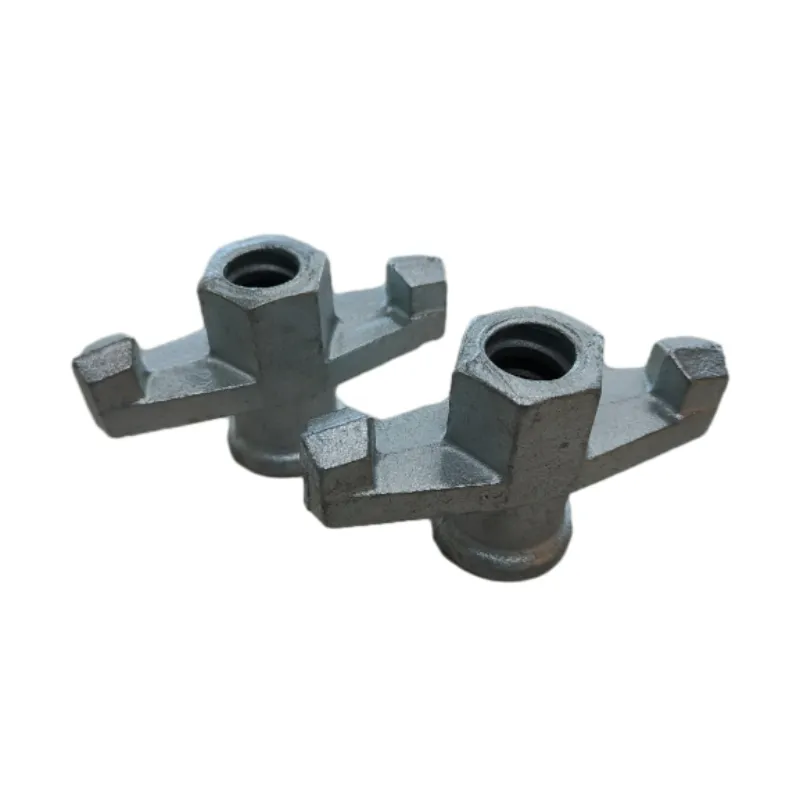
Technical Parameters and Performance Data for Form Tie Rods
Understanding the precise technical parameters of a form tie rod is paramount for engineers and project managers to ensure optimal structural integrity and safety in concrete construction. Key specifications typically include the nominal diameter (e.g., 15mm, 20mm, 22mm), which dictates the cross-sectional area and thus the load-bearing capacity. The length of the tie rod is customized to specific formwork dimensions and concrete wall thicknesses, ranging from a few meters to custom lengths for large-scale applications. Crucially, the mechanical properties—primarily tensile strength and yield strength—define the rod’s ability to withstand pulling forces before permanent deformation or fracture. For example, a common specification for high-strength `formwork threaded tie bar` can exhibit a yield strength of 600 MPa (Megapascals) and a tensile strength of 750 MPa, significantly exceeding the requirements of standard concrete pressures. Thread type, often a trapezoidal thread (Tr) or unique wave thread, is selected for its high load transfer efficiency and ease of engagement with wing nuts or other securing accessories. The surface treatment's thickness and adhesion also directly impact the corrosion resistance, measured in salt spray test hours, demonstrating the product’s longevity in corrosive environments, as per ASTM B117 standards.
Beyond basic dimensions, advanced parameters like elongation at break (indicating ductility), hardness (Rockwell or Brinell scale), and fatigue life (number of cycles before failure under repeated loading) provide a comprehensive picture of the tie rod's performance under dynamic conditions. Manufacturers like WRK Formwork conduct extensive in-house testing, often exceeding ISO 9001 certified quality management systems, to validate these parameters, ensuring that every `tie rod shuttering` component performs reliably. The table below presents typical technical specifications for common form tie rod variants, offering a valuable reference for material selection and design considerations. This data empowers engineering teams to select the appropriate tie rod system that not only meets the structural demands of their specific project but also accounts for safety factors, reusability potential, and long-term cost-effectiveness. For instance, when constructing a large dam or a nuclear power plant, where immense pressures and long service life are critical, selecting a tie rod with superior yield and tensile strength, combined with advanced anti-corrosion treatment, becomes non-negotiable. Real-world applications consistently demonstrate that investing in high-quality, meticulously specified tie rods results in enhanced project safety, reduced material waste, and minimized downtime due to component failure.
Typical Form Tie Rod Technical Specifications
| Parameter | Value Range (Typical) | Standard/Certification |
|---|---|---|
| Diameter | 15mm, 20mm, 22mm, 25mm, 32mm | DIN 18216, EN 10025 |
| Tensile Strength (Rm) | 700-900 MPa | ISO 6892-1, ASTM A370 |
| Yield Strength (ReH) | 550-700 MPa | ISO 6892-1, ASTM A370 |
| Elongation at Break (A) | 10-15% | ISO 6892-1, ASTM A370 |
| Thread Type | Trapezoidal (Tr), Wave Thread | Custom Profile |
| Surface Treatment | Hot-dip Galvanized (HDG), Electroplated Zinc | ISO 1461, ASTM A153 |
| Corrosion Resistance | >200 hours (Salt Spray Test for Zinc) | ASTM B117 |
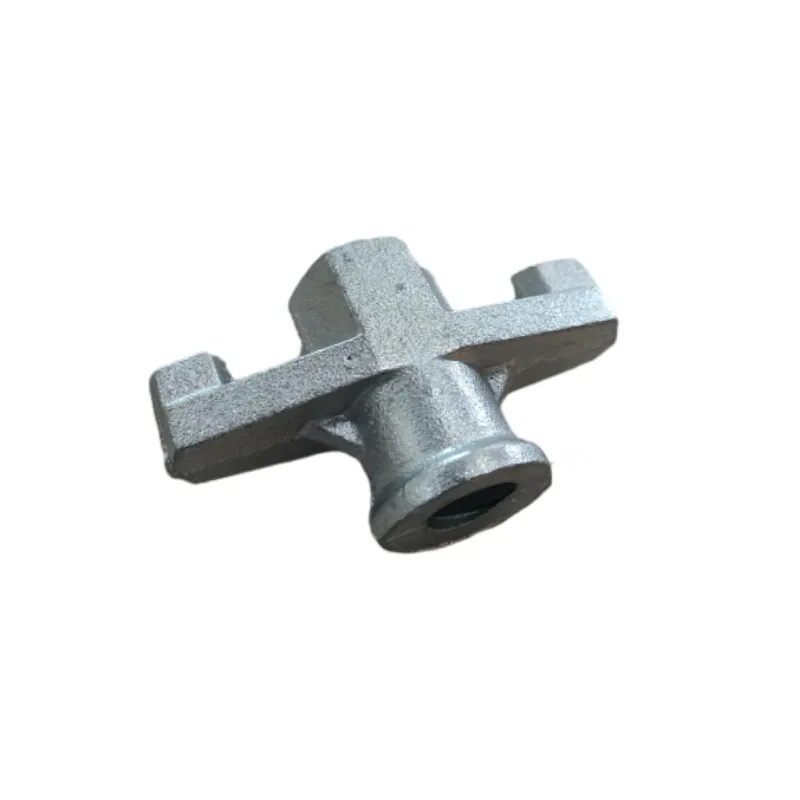
Diverse Application Scenarios and Operational Advantages
The versatility and robust performance of the form tie rod make it an indispensable component across a vast spectrum of construction and industrial applications. In high-rise commercial and residential buildings, these rods are crucial for maintaining the precise alignment and stability of vertical formwork, enabling the casting of perfectly plumb concrete walls and columns that are essential for structural integrity and aesthetic appeal. For massive infrastructure projects like bridges, tunnels, and dams, the ability of `formwork threaded tie bar` systems to withstand tremendous hydrostatic pressures and dynamic loads is paramount. They ensure that concrete elements are cast accurately, reducing the need for costly rework and accelerating project completion. In specialized sectors such as petrochemical plants, metallurgical facilities, and water treatment plants, where structures are exposed to corrosive agents, extreme temperatures, or continuous fluid contact, the corrosion resistance and high strength of advanced `tie rod shuttering` systems are critical. These environments demand materials and components that can resist degradation over extended periods, providing long-term structural reliability and minimizing maintenance requirements.
Beyond traditional building and infrastructure, form tie rod technology, including `coil rod concrete forming` and `coil rod ties`, finds application in specialized concrete forming, such as precast concrete production and tilt-up construction. In precast facilities, precise casting is vital for mass production of consistent, high-quality elements. The tie rods contribute to maintaining the dimensional accuracy of molds, ensuring that finished panels or beams meet stringent specifications. For tilt-up construction, where large concrete panels are cast horizontally and then tilted into vertical position, the reliability of the tie rod system impacts not only the casting process but also the stability of the panels during erection. Furthermore, in underground construction, including subway systems and mining shafts, the ability to control concrete pouring in confined spaces under challenging geological conditions highlights the adaptable nature of these components. The engineering design flexibility of modern tie rod systems allows for their integration into various formwork types, including timber, steel, and aluminum systems, making them a universal solution for controlling concrete pressure and maintaining the structural integrity of forms during the critical curing phase. This adaptability, combined with their inherent strength and durability, makes the form tie rod a cornerstone of safe, efficient, and high-quality concrete construction across global industries.
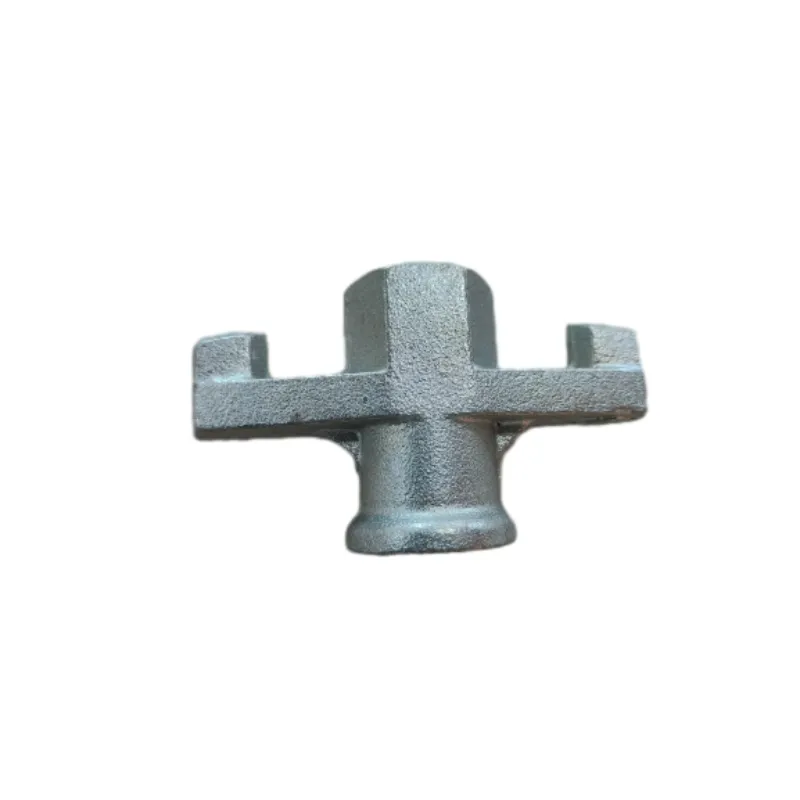
Key Technical Advantages and Long-Term Value Proposition
The superior technical advantages of advanced form tie rod systems extend far beyond their primary function of holding formwork in place, contributing significantly to project efficiency, safety, and cost-effectiveness. One of the foremost benefits is their exceptional durability, achieved through the use of high-grade steels and sophisticated manufacturing processes like cold rolling and precise heat treatments, which enhance resistance to bending, shear, and tension. This intrinsic strength ensures reliable performance under extreme pressures during concrete pours, preventing formwork failure and potential safety hazards. Moreover, the implementation of advanced surface treatments, such as hot-dip galvanization or specialized protective coatings, endows these components with outstanding corrosion resistance. This is particularly vital for projects in humid, coastal, or chemically aggressive environments (e.g., wastewater treatment plants, marine structures), where standard steel would quickly degrade, leading to structural compromise. The enhanced corrosion protection drastically extends the lifespan of the `formwork threaded tie bar`, allowing for multiple reuses across various projects.
The reusability aspect of high-quality form tie rod components is a significant economic and environmental advantage. By enduring repeated cycles of installation, concrete pouring, and dismantling without significant degradation, they reduce the need for constant replacement, leading to substantial material cost savings and minimized construction waste. This reusability also translates to reduced logistical complexities and improved inventory management for contractors. Furthermore, the precision engineering of the threads ensures ease of installation and dismantling, which directly translates to faster formwork erection and stripping times on site. This efficiency gain contributes to accelerated project schedules and lower labor costs, offering a tangible return on investment. The inherent safety of these systems, backed by rigorous testing to international standards, means fewer accidents and greater peace of mind for site personnel. In summary, selecting high-performance `tie rod shuttering` and `coil rod concrete forming` systems offers a compelling long-term value proposition by combining strength, durability, corrosion resistance, and reusability, ultimately leading to safer, more efficient, and more sustainable construction practices that optimize both operational expenses and project outcomes over the asset lifecycle.
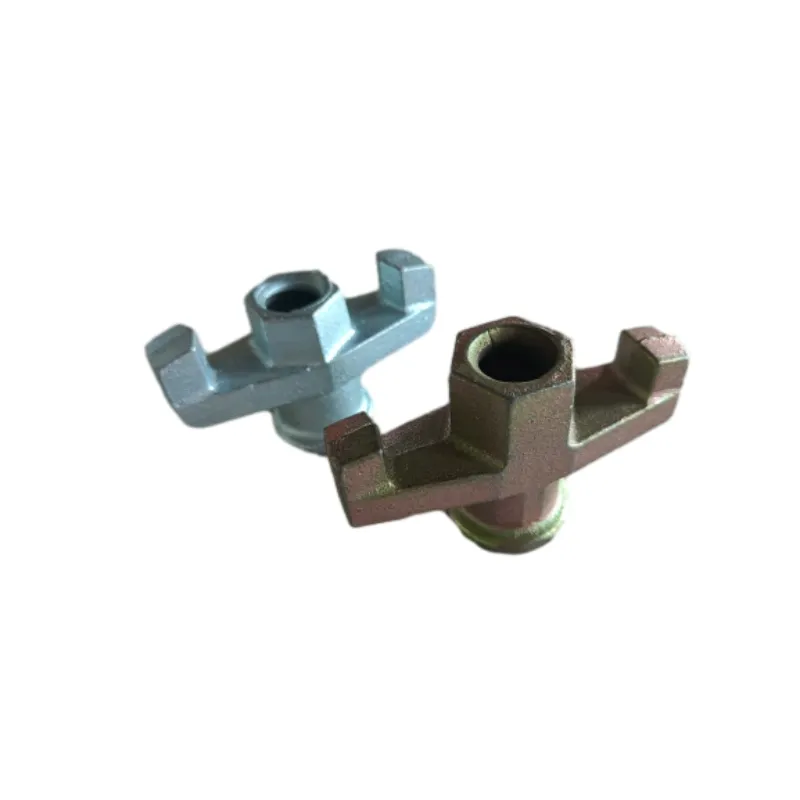
Manufacturer Comparison and WRK Formwork's Commitment to Excellence
When evaluating suppliers for form tie rod systems, B2B decision-makers must look beyond initial pricing to consider critical factors such as manufacturing capabilities, quality assurance, research and development (R&D) commitment, supply chain reliability, and post-sales support. While many manufacturers exist globally, distinguishing high-quality providers from general commodity suppliers is crucial for ensuring project success and mitigating risks. Top-tier manufacturers typically possess ISO 9001 certification, demonstrating adherence to stringent quality management systems from raw material sourcing through final product inspection. They invest heavily in advanced production technologies, including automated cold rolling machinery for precise thread formation and sophisticated heat treatment furnaces, guaranteeing consistent mechanical properties for every `formwork threaded tie bar`. Furthermore, leading companies often have dedicated R&D teams focused on material science innovations, developing new alloys or coating technologies that enhance corrosion resistance, extend lifespan, and optimize load-bearing capacity, adapting to ever-evolving industry demands and environmental regulations.
WRK Formwork differentiates itself in the competitive landscape by demonstrating an unwavering commitment to these core principles. With years of specialized experience in formwork accessories, WRK Formwork has established a robust reputation for manufacturing high-strength, durable, and reliable `tie rod shuttering` and `coil rod ties`. Our production facilities are equipped with state-of-the-art machinery, allowing for precise control over the manufacturing process of each form tie rod, from material composition to surface finishing. We adhere to international testing standards, conducting rigorous quality checks, including destructive and non-destructive testing, to ensure that every product not only meets but often exceeds industry benchmarks for tensile strength, yield strength, and dimensional accuracy. Our comprehensive logistical network ensures timely and reliable delivery to construction sites worldwide, minimizing project delays. Moreover, our team of technical experts provides unparalleled customer support, assisting clients with product selection, application guidance, and troubleshooting, ensuring optimal performance of our components in diverse construction scenarios. This holistic approach, from design and manufacturing to logistics and support, positions WRK Formwork as a trusted partner for B2B clients seeking premium formwork solutions.

Customized Solutions and Real-World Application Cases
While standard form tie rod systems cater to a broad range of construction needs, many complex engineering projects demand bespoke solutions to address unique structural requirements, environmental challenges, or specific formwork designs. At WRK Formwork, we understand that off-the-shelf components may not always be sufficient for innovative or large-scale constructions. Our engineering team specializes in developing customized `formwork threaded tie bar` solutions, collaborating closely with clients from the initial design phase through to production. This customization can involve manufacturing tie rods of non-standard lengths, accommodating unusual wall thicknesses or complex geometries. It also extends to applying specialized coatings for extreme chemical resistance in industrial plants, or enhanced corrosion protection for marine or offshore structures. Furthermore, we offer custom thread profiles or material grades to meet precise load-bearing specifications, ensuring optimal safety factors for structures like high-speed rail bridges or challenging tunnel boring projects. This consultative approach, leveraging our deep expertise in materials and manufacturing processes, ensures that clients receive precisely engineered components that integrate seamlessly into their unique project specifications, minimizing field modifications and maximizing operational efficiency.
Our track record includes successful deployment of customized form tie rod systems in a variety of high-profile application cases globally. For instance, in the construction of a landmark high-rise residential tower in a demanding urban environment, our tailored `tie rod shuttering` components were integral in achieving precise vertical alignment for over 70 stories of concrete shear walls, where consistent load distribution and quick formwork cycling were critical. Client feedback highlighted the ease of installation and the reliability of our products under continuous high-pressure pours, contributing significantly to project acceleration. In another instance, for a major hydroelectric dam expansion project in a remote, high-humidity region, we supplied specialized `coil rod concrete forming` with enhanced galvanic corrosion protection, engineered to endure decades of exposure to harsh conditions without compromise. The project manager reported exceptional durability and minimal wear even after multiple reuses, leading to substantial cost savings on consumables. These cases underscore our capability to not only supply standard components but also to engineer and deliver highly specialized solutions that address the most stringent technical and environmental demands of modern construction, proving our commitment to partner success and engineering excellence.

Ensuring Trust: FAQs, Delivery, Warranty, and Customer Support
Building trust with B2B clients in the construction sector requires more than just high-quality products; it demands transparency, reliable service, and unwavering support. At WRK Formwork, we prioritize comprehensive customer engagement to ensure complete satisfaction and project continuity. Our Frequently Asked Questions (FAQ) section, regularly updated based on client inquiries, addresses common concerns regarding the selection, installation, maintenance, and lifespan of form tie rod systems. For instance, common questions include optimal tie rod diameter selection based on concrete pressure, the benefits of different surface treatments (e.g., hot-dip galvanization vs. electroplating) for specific environmental conditions, and best practices for extending product reusability. We provide detailed technical specifications and usage guidelines to empower our clients with the knowledge needed for efficient and safe application of our `formwork threaded tie bar` components. This proactive approach minimizes misunderstandings and streamlines the planning and execution phases of construction projects. Our commitment to expertise and responsiveness ensures that clients have immediate access to accurate information, fostering a collaborative and productive partnership throughout the project lifecycle.
Reliable delivery and robust after-sales support are integral components of our commitment to trustworthiness. We understand that timely delivery of `tie rod shuttering` and `coil rod concrete forming` systems is critical for maintaining project schedules. WRK Formwork operates a streamlined global logistics network, capable of handling large-volume orders and ensuring on-time delivery to diverse geographical locations, often offering expedited shipping options for urgent requirements. Our typical lead times are clearly communicated at the time of order, backed by advanced inventory management systems to minimize delays. Furthermore, every form tie rod supplied by WRK Formwork comes with a comprehensive product warranty, guaranteeing material integrity and manufacturing quality. This warranty reflects our confidence in the durability and performance of our products, providing clients with assurance against defects. Our dedicated customer support team, comprising technical experts and service professionals, is readily available to provide technical assistance, troubleshoot on-site challenges, and offer post-purchase support. From initial inquiry to project completion and beyond, WRK Formwork stands as a reliable partner, dedicated to providing not only superior products but also exceptional service that underpins the success of our clients' construction endeavors.
Conclusion and Authoritative References
The form tie rod stands as a silent yet indispensable backbone of modern concrete construction, embodying the critical balance between strength, precision, and efficiency. As the construction industry continues its trajectory of innovation and growth, driven by an insatiable demand for robust and sustainable infrastructure, the importance of high-performance formwork components will only intensify. The intricate manufacturing processes, from raw material selection and specialized threading to advanced heat and surface treatments, ensure that each `formwork threaded tie bar` can withstand the immense pressures of wet concrete while offering extended reusability and superior corrosion resistance. This technical sophistication translates directly into tangible benefits for B2B clients: enhanced project safety, reduced operational costs through increased efficiency and material longevity, and the flexibility to undertake even the most complex and ambitious construction designs. The selection of a reliable manufacturer, one committed to rigorous quality control, continuous R&D, and comprehensive customer support, is paramount to harnessing the full potential of these essential components.
Ultimately, investing in high-quality `tie rod shuttering` and `coil rod concrete forming` solutions is not merely a procurement decision but a strategic move towards achieving engineering excellence and long-term project success. The data-driven insights into tensile strengths, yield capacities, and corrosion resistance, combined with real-world application cases, affirm the critical role of these components in delivering safe, durable, and cost-effective concrete structures globally. As the industry advances, manufacturers like WRK Formwork remain at the forefront, pushing the boundaries of material science and production techniques to offer customized and standard solutions that meet the evolving demands of construction professionals worldwide. The steadfast performance of the form tie rod in diverse scenarios, from towering skyscrapers to critical infrastructure, underscores its irreplaceable value and confirms its status as a cornerstone of resilient modern construction.
References:
- American Concrete Institute (ACI) Standards for Formwork.
- International Organization for Standardization (ISO) 9001: Quality Management Systems – Requirements.
- ASTM International (American Society for Testing and Materials) Standards for Steel Reinforcement and Building Materials.
- Journal of Construction Engineering and Management, Published by the American Society of Civil Engineers (ASCE).
- Federal Highway Administration (FHWA) Publications on Bridge Construction and Materials.
This is the first article
Latest News
-
High-Quality Scaffolding Joint Pin for Secure Pipe ConnectionsNewsAug.17,2025
-
Reliable Rubber Waterstop for Concrete Sealing & Expansion JointsNewsAug.16,2025
-
Different Types of Bolt Nuts: Find Perfect Fasteners HereNewsAug.15,2025
-
Premium Roofing Materials: Durable & Reliable Building SolutionsNewsAug.14,2025
-
Premium Concrete Form Ties: Secure & Efficient Formwork SolutionsNewsAug.13,2025



